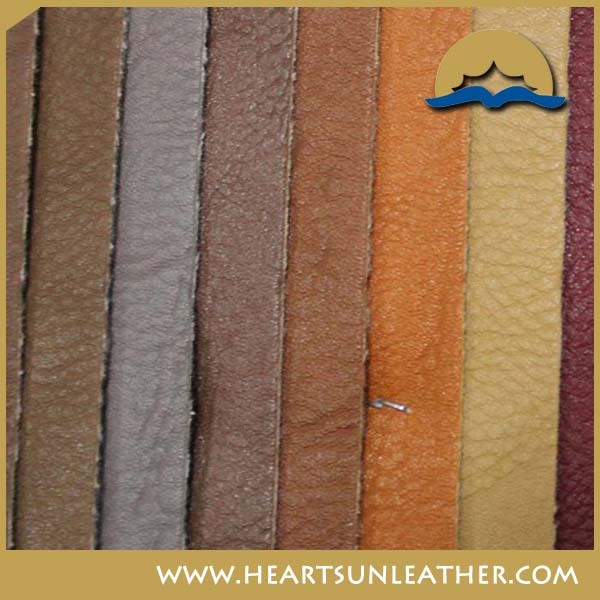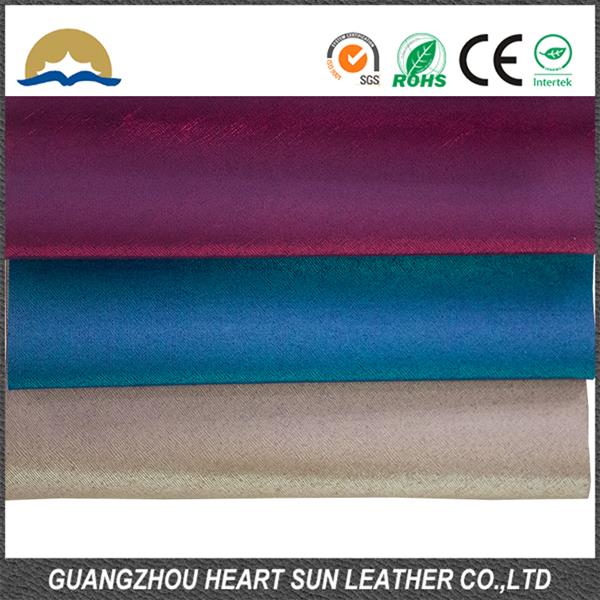Some years
ago, I wrote an article on how to make hardened leather armor, using beeswax.
Since then, I have concluded that although the method I described works
reasonably well for SCA purposes--I have fought in my wax hardened klibanion
for a good many years now--it is quite unlikely that it is the method used in
period for armor.
I reached
that conclusion for three reasons:
- Beeswax is a lubricant. Furthermore, stiffening the leather makes it easier to cut, just as it is easier to slice meat if it is half frozen. So although wax hardened leather provides protection against the sort of blunt weapons we fight with, it would be of very limited usefulness against sharp swords, arrows, and the like.
- Although I have found no period descriptions of the process for hardening leather, the period term for hardened leather is "cuirboulli," which translates as "boiled (or cooked) leather." That is not the natural way of describing the wax hardening process.
- I have found an entirely different way of hardening leather which does fit the term and which produces armor that is much better protection against real weapons. This article describes that process. As it happens, in addition to being a better guess at what was done in period, it is also a somewhat better technology for making SCA armor.

